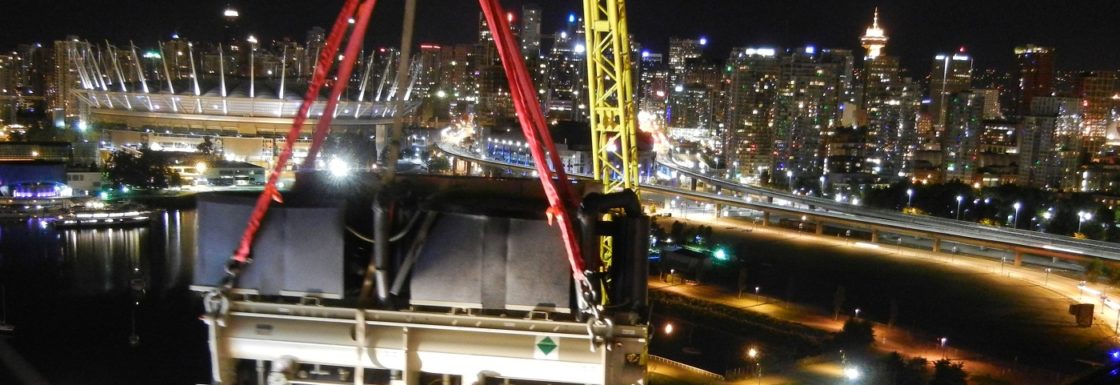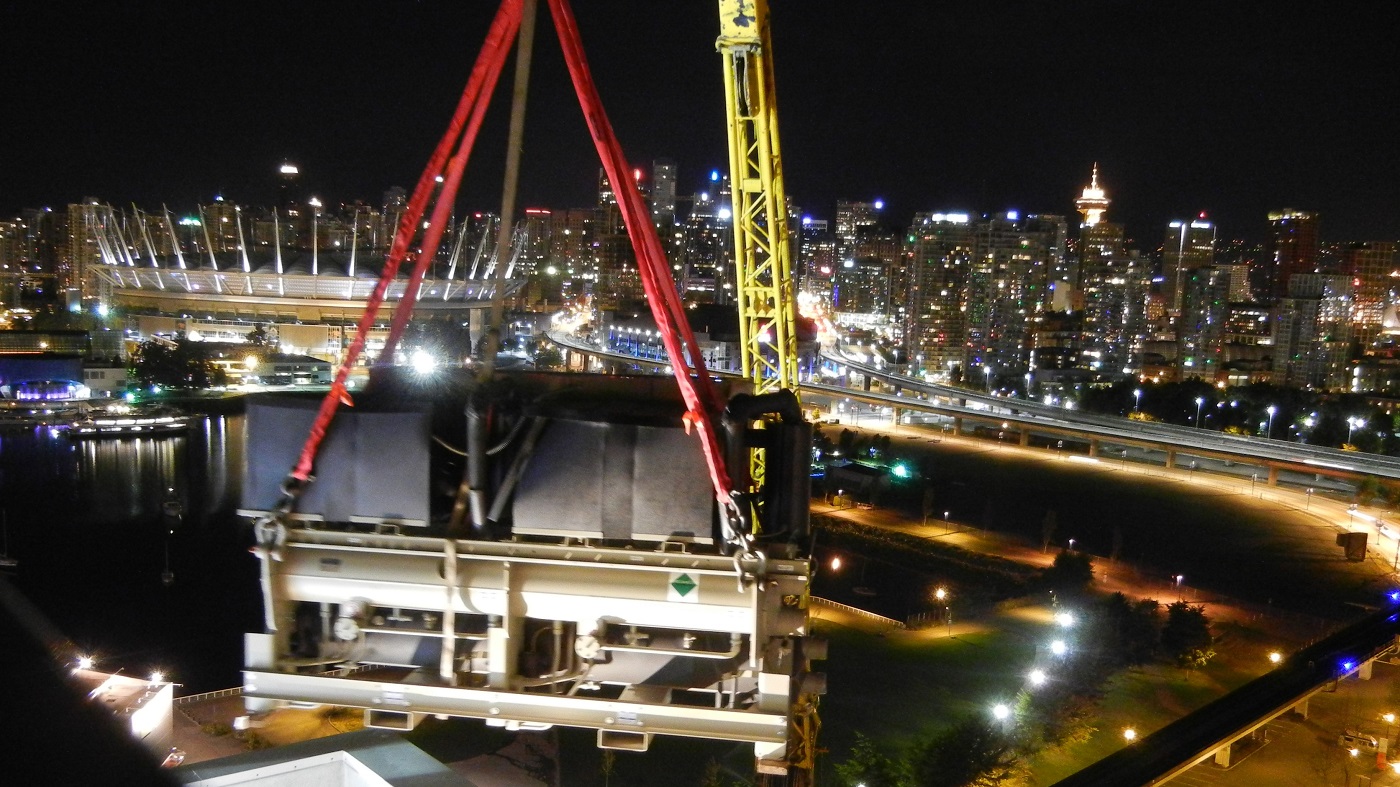SES Consulting & VanCity – Vancity Waste Heat Recovery Project

Projects Sponsor

Vancity Waste Heat Recovery Project by SES
Project payback of 22% per annum also cuts gas use by 97% and GhG emmissions by 75%
In the beginning, the Vancity Credit Union head office on Terminal Avenue in Vancouver was operating a hydronic heating water system with ageing, mid-efficiency boilers. Motivated by a desire to reduce the building’s greenhouse gas (GHG) emissions, the Vancity team engaged energy engineering consultants at SES to find a higher efficiency replacement option.
It’s hardly surprising that the mundane task of replacing the boiler in a Vancity building became something larger. Vancity, the largest community credit union in Canada, counts two Clean50 Alumni amongst their executive ranks and is an industry leader with a proven track record of reducing their environmental impact and making their operations sustainable and generally doing the right thing. This past June Vancity was chosen by Corporate Knights as the top corporate citizen for the second year in a row, and for the third time in five years.environmental performance and clean captialism has long been part of Vancity’s agenda. The Vancity Waste Heat Recovery Project was a natural retrofit.
After investigating the building and its systems, and understanding the client’s underlying intentions, the SES engineers Scott Sinclair and Chris Goodchild realized there were in fact much greater opportunities than simple boiler switch-out to be had.
Vancity’s head office is home to its main data centers. Data centers, server rooms, and electrical circuits in general, generate — as anyone who’s ever made the mistake of resting a MacBook Pro on their bare stomach has painfully learned — produce heat. In fact, every unit of electrical energy drawn by the system to power the machines is returned to the room in full, by way of heat. Keeping your servers cool is as vital to productivity as keeping your employees warm, and, conventionally, organizations consume a great deal of energy, year round, doing just that.
Looked at another way, however, those toasty servers are an unutilized asset. Even a small server system can present huge opportunities and ultimately Scott and his SES team proposed an innovative solution that would capture the waste heat from the data centre and use it to heat the rest of the building.
Initially, SES conducted an investigation of nine different heating options, resulting in three of the nine projects being recommended to Vancity for consideration based on financial value, best in leadership, and highest environmental impact.
After carefully weighing of the financial, environmental, and practical aspects of the 3 projects recommended for consideration, the option to install a new Heat Recovery Chiller on the Condenser Water Loop was chosen for its merits of having the highest reductions in GHG emissions.
The result is that the building is warm in the winter, comfortable year-round, and people are happy to know the environmental performance of their workplace. Natural Gas use was reduced by 97%, domestic cold water use by 20% and total annual GHG emissions by 75%. After the Fortis BC incentive funding of $86,000, the total project cost to Vancity was $227,000. The project achieves annual saving of just under $50,000 resulting in a simple payback of 6.3 years before Fortis BC incentives and 4.6 years afterward.
SES Consulting is now working to implement similar waste heat recovery strategies at shopping malls, casinos, recreation centres and hospitals to significantly in order to reduce the greenhouse gas emissions from buildings.
When one considers that Vancity building is twelve stories tall and the data center occupies less than half of the third floor and yet, as it turns out, that’s enough to heat to warm entire building when it is more than 5°C outside, the future, for once, starts to look warmer in a good way.













